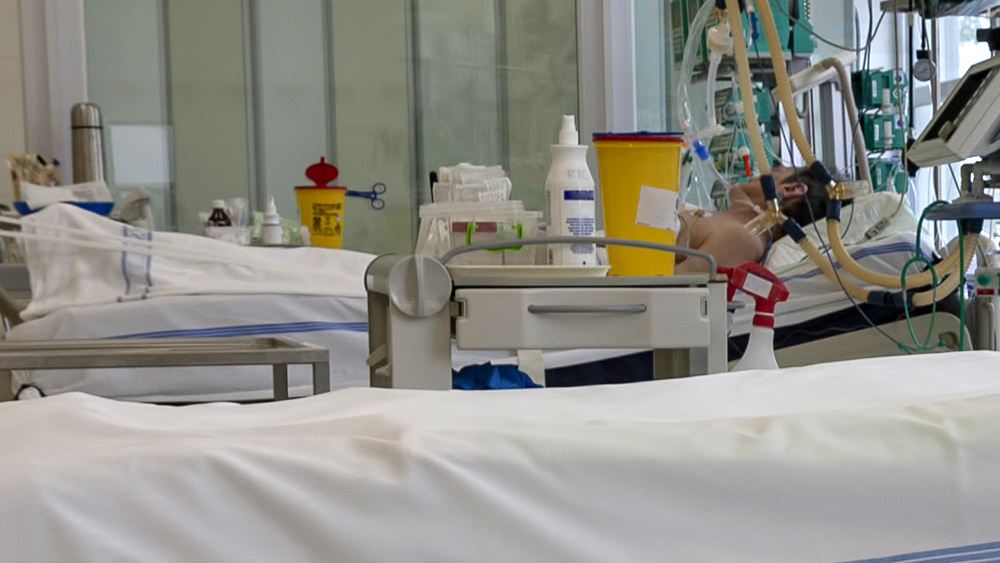
An entire society poisoned
Even if you do not suffer from a chronic disease, you almost certainly know someone who does. According to a report from Johns Hopkins University, an estimated 133 million people (nearly half the U.S. population) suffer from at least one chronic disease, not including cancer. In addition, about half of all people in the United States will develop cancer at some point in their lives. That's one out of every two people.
Cancer is the top killer in the Western world, and the number two killer in the rest of the world. It is also the top cause of childhood death in the United States.
If these rates sound extraordinarily high, it's because they are. A hundred years ago, the lifetime cancer rate in the United States was only 1-in-33. Yet the trend of increasing rates is only continuing. According to the World Health Organization (WHO), cancer mortality is expected to double by 2030. And the Johns Hopkins report predicts that as the U.S. population ages, rates of other chronic diseases will increase as well.
The rates are and have been increasing because of an increasingly toxic environment that is poisoning us at every turn.
Toxins all around
Perhaps the single biggest source of toxic exposure for most people is food. In the United States, the FDA has classified a wide variety of food additives as "generally recognized as safe" (GRAS) that have actually been linked with cancer, autoimmune diseases and endocrine (hormone) disruption. These additives include preservatives, artificial colors, flavor chemicals and artificial sweeteners.
The meat, eggs and dairy that most people consume comes from animals treated with growth-promoting antibiotics that can find their way into your food, disrupting your microbiome and predisposing you to disease. Beef and milk may contain traces of artificial growth hormones that have been shown to cause physiological changes in the humans that consume these products.
Another class of dangerous foods is genetically modified organisms (GMOs), which includes essentially all non-organic corn or soy and their byproducts. Nearly all packaged foods contain these ingredients in some form, such as high-fructose corn syrup, corn starch or soy protein. Numerous studies have linked diets containing GMOs with a wide range of health problems including tumors, organ damage and immune disruption.
GMOs are also more likely to contain high levels of the toxic herbicide Roundup. Dangerous residues of herbicides and other pesticides can be found on any non-organic fresh produce, and in other foods made with non-organic ingredients.
The water you drink is also full of toxic chemicals, ranging from agricultural herbicides to industrial chemicals, from jet fuel to trace (but still biologically active) levels of hormones and prescription drugs from human urine.
The last major source of home exposure to toxins is cosmetics, which contain numerous chemicals either proven dangerous or never proven safe. These can be particularly dangerous since they are applied directly to the skin, which allows dangerous chemicals an easy route into the body.
People can also be exposed to toxic substances in the workplace or due to contamination of their communities from agricultural or industrial pollutants.
Sources for this article include:
Please contact us for more information.























